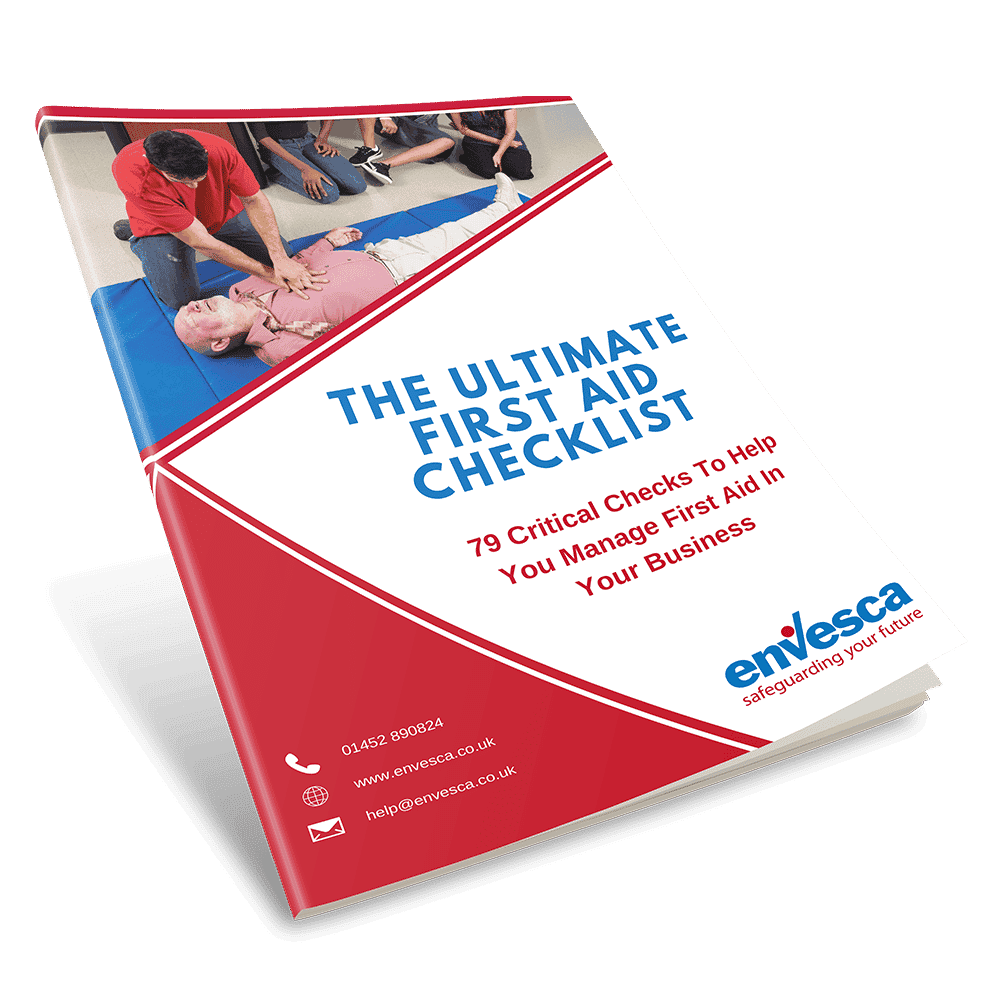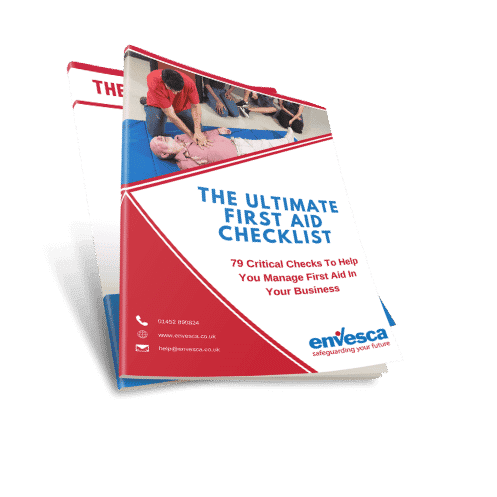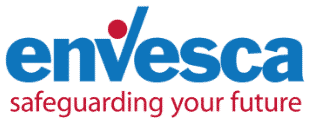How To Comply With CDM Regulations?
Since the Construction (Design and Management) Regulations (CDM Regulations) came into effect in April 2015, one of the regular questions we get asked is “How to comply with CDM Regulations? In this article, we outline these duties and explain how to fulfil them.
These regulations replaced their earlier incarnation, CDM 2007. Many of our customers ask, “What does this have to do with me, I do not run a construction business?” If this is you, do not stop reading yet! CDM Regulations 2015 affects anyone who is having any construction work done on their premises, whether in a business or domestic context. If you are the person or company authorising or paying for the work to be done, this makes you the client in the eyes of the law.
The CDM Regulations are there to ensure the safety of everyone involved in the project, from the workers carrying out the construction work to the end-user. The law recognises that clients are not experts in construction work, hence why designers and contractors are engaged to complete the project on their behalf, but it does place certain duties on clients.

Duties and Responsibilities of the CDM Regulations
Firstly, you should be aware of what constitutes construction work. The full definition is given at the start of the CDM Regulations, but in summary, it includes:
- the construction, alteration, conversion, fitting-out, commissioning, renovation, repair, upkeep, redecoration (or other maintenance), decommissioning, demolition or dismantling of a structure
- the installation, commissioning, maintenance, repair or removal of mechanical, electrical, gas, compressed air, hydraulic, telecommunications, computer or similar services which are normally fixed within or to a structure
Therefore if you are having any building work done to your premises, it is more than likely to be covered by the CDM Regulations.
As the customer, you decide which designer and contractor will carry out the work and how much money, time and resource is available. This has a direct impact on the health, safety and welfare of workers and others affected by the work.
Your main duties are:
- To appoint the contractor and designer, if required. If more than one contractor and designer are employed then legally you must appoint a principal contractor and a principal designer. The principal contractor has responsibility for planning and managing all contractors on-site from a health and safety point of view. The principal designer should plan, manage and coordinate all of the design work. The responsibility lies with the client to select competent people or companies and show evidence of how competency was established.
- To ensure that the risks are properly managed and there are systems in place for doing this, including at the design stage.
- Allow sufficient time to complete the project without rushing, which may lead to adopting unsafe working practices.
- Provide as much information as is necessary to inform the designer and contractor of existing risks, such as the presence of asbestos, buried services or existing structural designs.
- Communicate with the designer and contractor throughout the project
- Ensure that there are adequate welfare facilities on site. This could be by allowing the workforce to use existing facilities or making sure that the contractor has provided sufficient temporary facilities. Be aware that if the contractor supplies temporary facilities this will be an item in his bill.
- To make sure that the “Construction Phase Health and Safety Plan” is in place before work starts. This document should be compiled by the principal contractor and is required for all construction projects, regardless of size and duration.
- Keep the health and safety file that the designer compiles after the end of the job. This file will contain information about the project that is to keep the end-users safe.
- Protect members of the public, including employees, safe from construction work. This will require liaison with the contractor and designer as work progresses.
- Ensure that workplaces are designed in accordance with the Workplace (Health, Safety and Welfare) Regulations 1992.
Some construction projects need to be notified to the Health and Safety Executive (HSE) before they start and this is the customer’s responsibility. If the project is going to last over 30 days with more than 20 workers on site on any given day or if the project will involve 500 person-days of work, then it should be notified via the HSE website on an F10 form. A copy of the F10 should then be clearly displayed on site.
Do not fall foul of the myth that only notifiable projects are covered by CDM Regulations 2015. All construction work is covered by the CDM Regulations. As a customer, you need to be familiar with them and manage the project accordingly. The HSE can now recover a fee for any time they spend working on breaches of legislation, so if you are thinking about having work done to your premises, make sure you are familiar with the requirements of CDM 2015.
What the Law Says
The Construction (Design and Management) Regulations 2015 outline the duty holders and their responsibilities on construction projects. They also outline how a construction site should be managed safely.
If you have a question or enquiry about health and safety, please call the team on 01452 502113 or complete our enquiry form.
Find this helpful?
Signup to our email notifications to receive alerts when we publish new blogs. We promise not to spam your inbox, you will just get a short snappy intro to Health and Safety articles we think you will love.
"*" indicates required fields

The Ultimate First Aid Checklist
If you are an appointed person or first aider for your company you should carry out regular checks of your business to ensure that your first aid facilities are up to date. This comprehensive checklist will help you ensure you have everything covered! Get your FREE copy now.
If you’ve got a question or query, please contact our super friendly team, they will be delighted to help you!
Simply get in touch via phone or email.

Free
Resources &
Downloads
Informative. Useful. Practical.
Here at Envesca we believe that we are good at giving proactive, sensible and useful advice. Below you will find some free resources that you can download on a host of subjects that will help you and your business.
Training Available
Envesca offer a number of different training courses, which offer advice and guidance on these topics.





